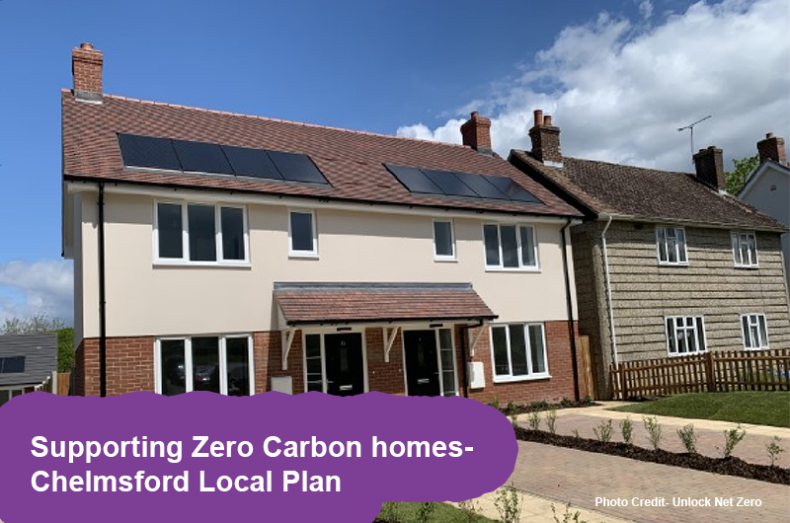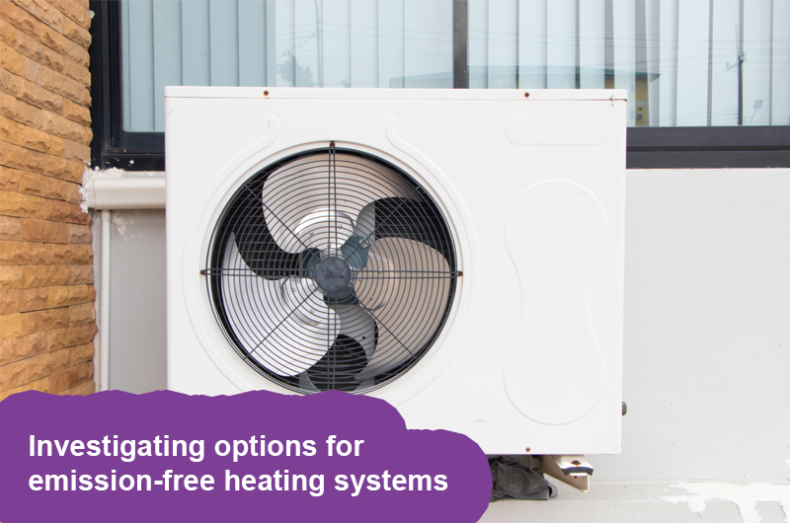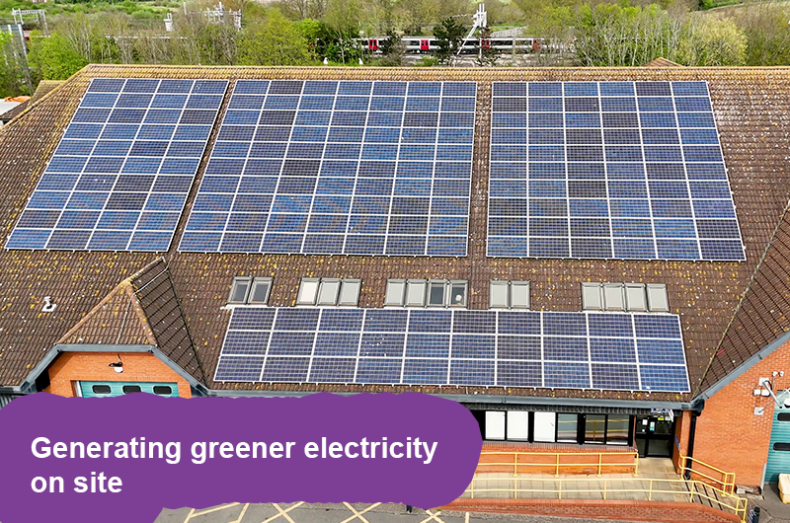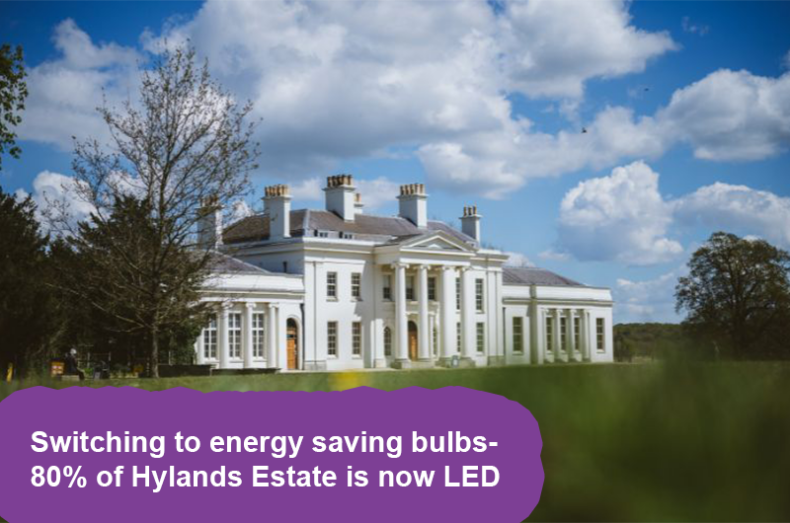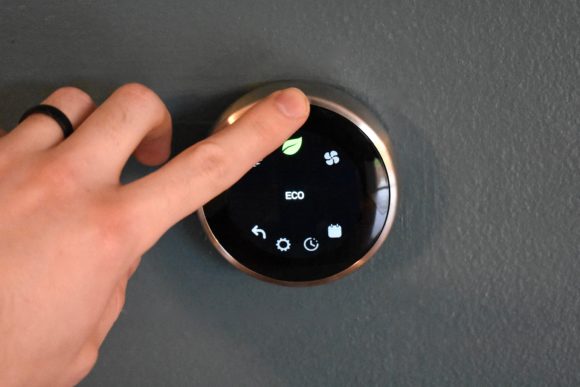What help is out there for me?
Whilst retrofitting now is not cost-effective for everyone. Chelmsford City Council are facilitating government-funded green grants when available.
To keep up to date on grants and loans run by Chelmsford City Council keep an eye on the Housing and Grants page
Other grants:
Boiler Upgrade Scheme- GOV.UK is providing funding up to £7,500 for upgrading your boiler to a heat pump or biomass system.
Free Cavity Wall Insulation- does your home have cavity walls? Check out your eligibility.
Other schemes:
Solar Together is a group-buying scheme that enables residents and businesses to install solar panels at an affordable price. Essex County Council has brought this to all residents in Essex.

